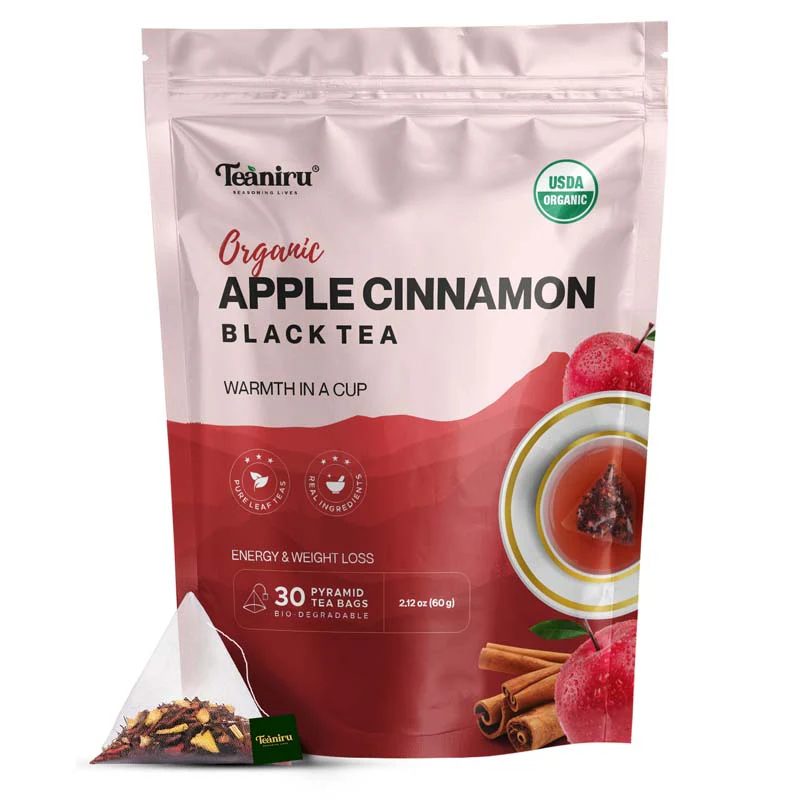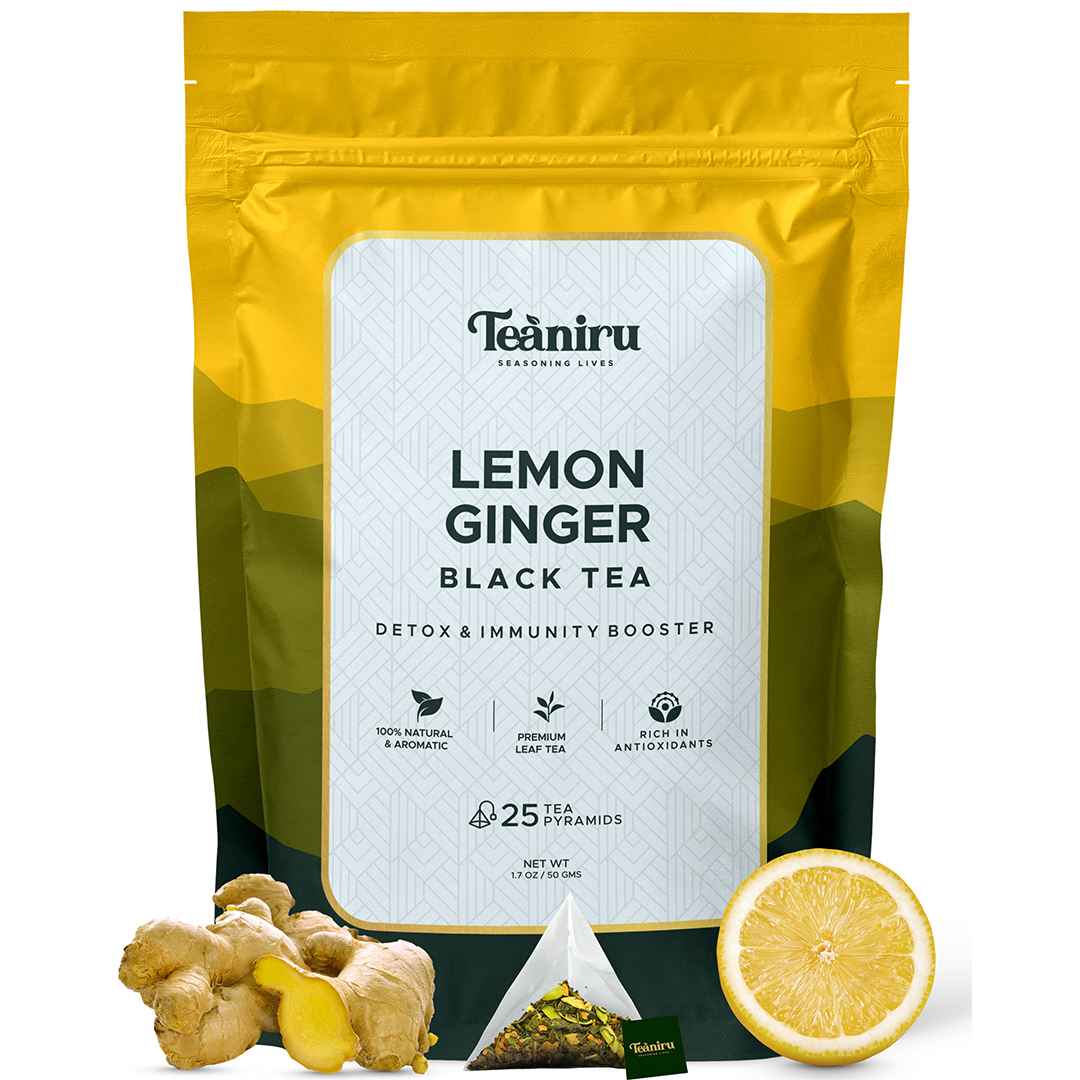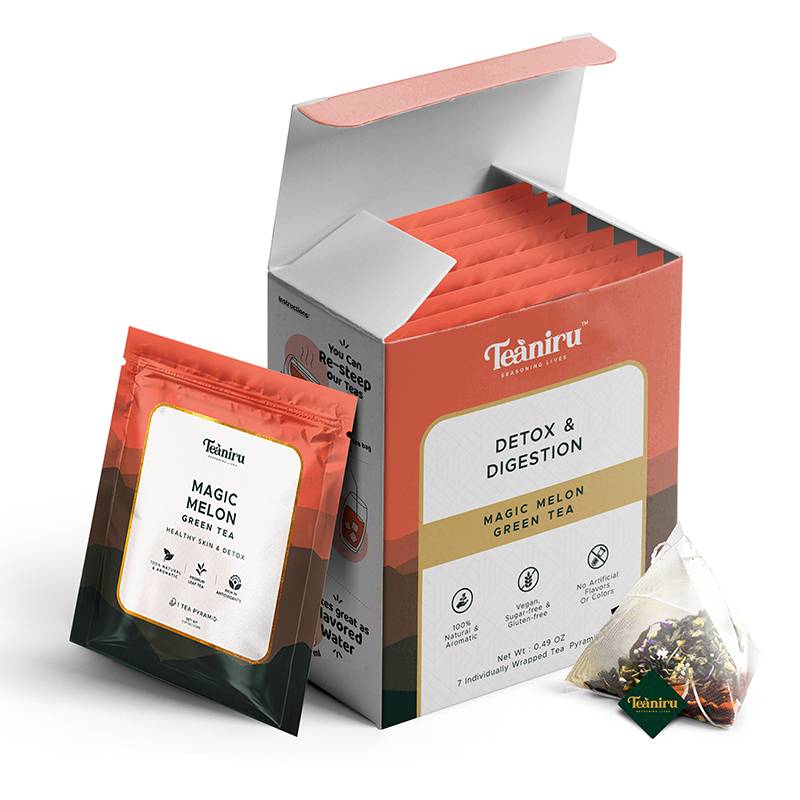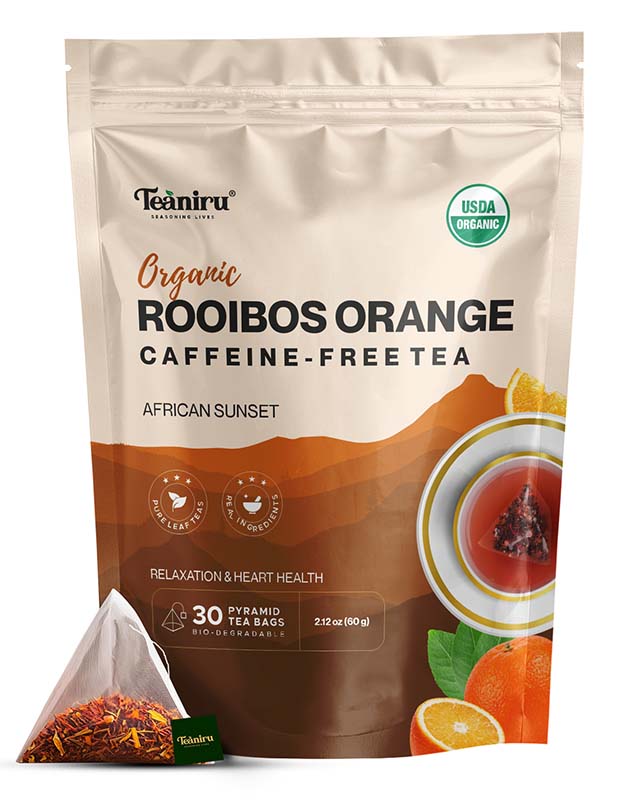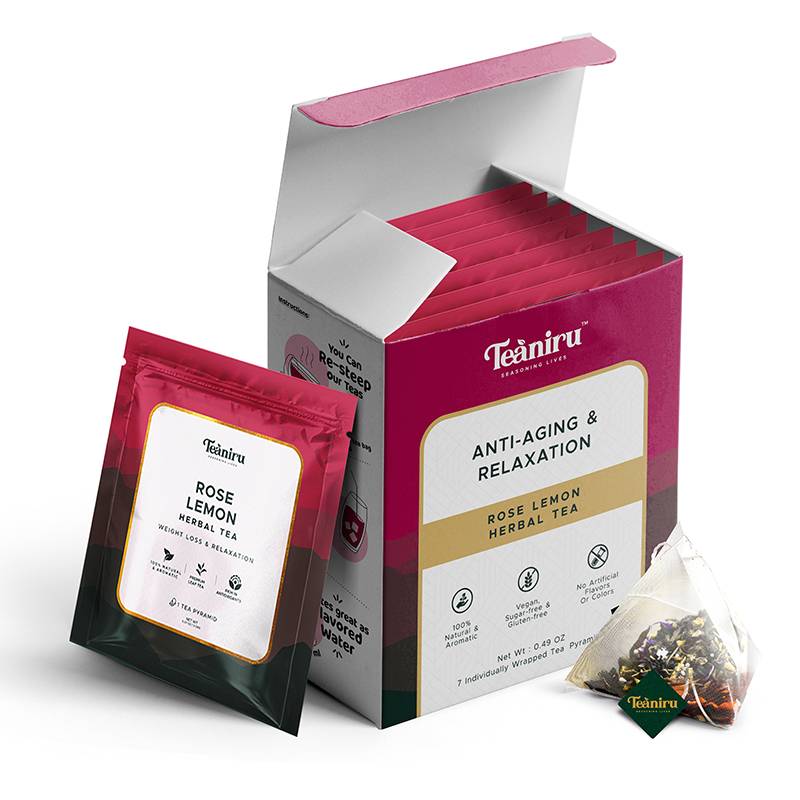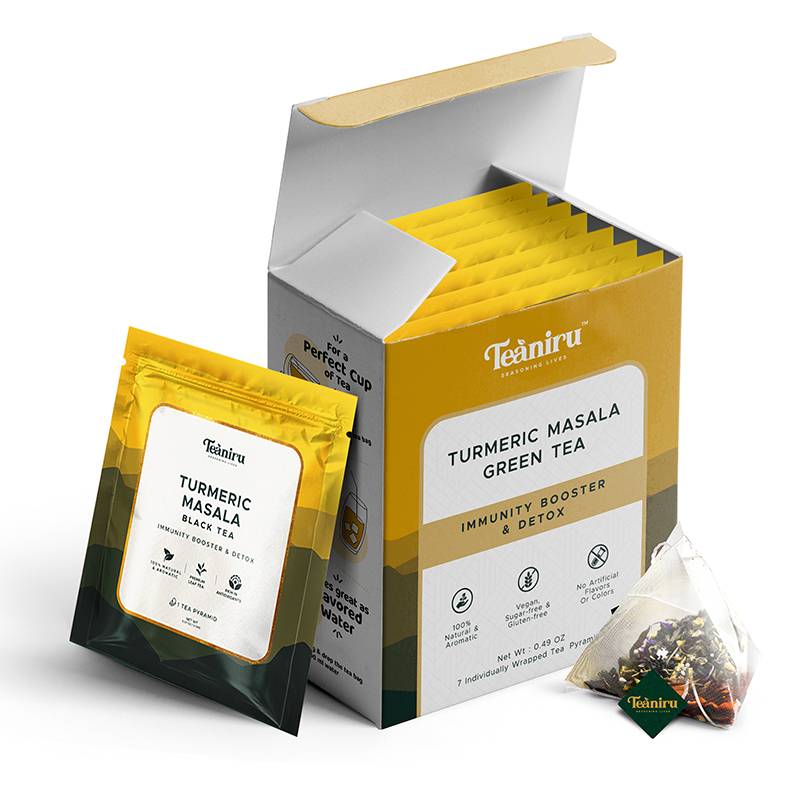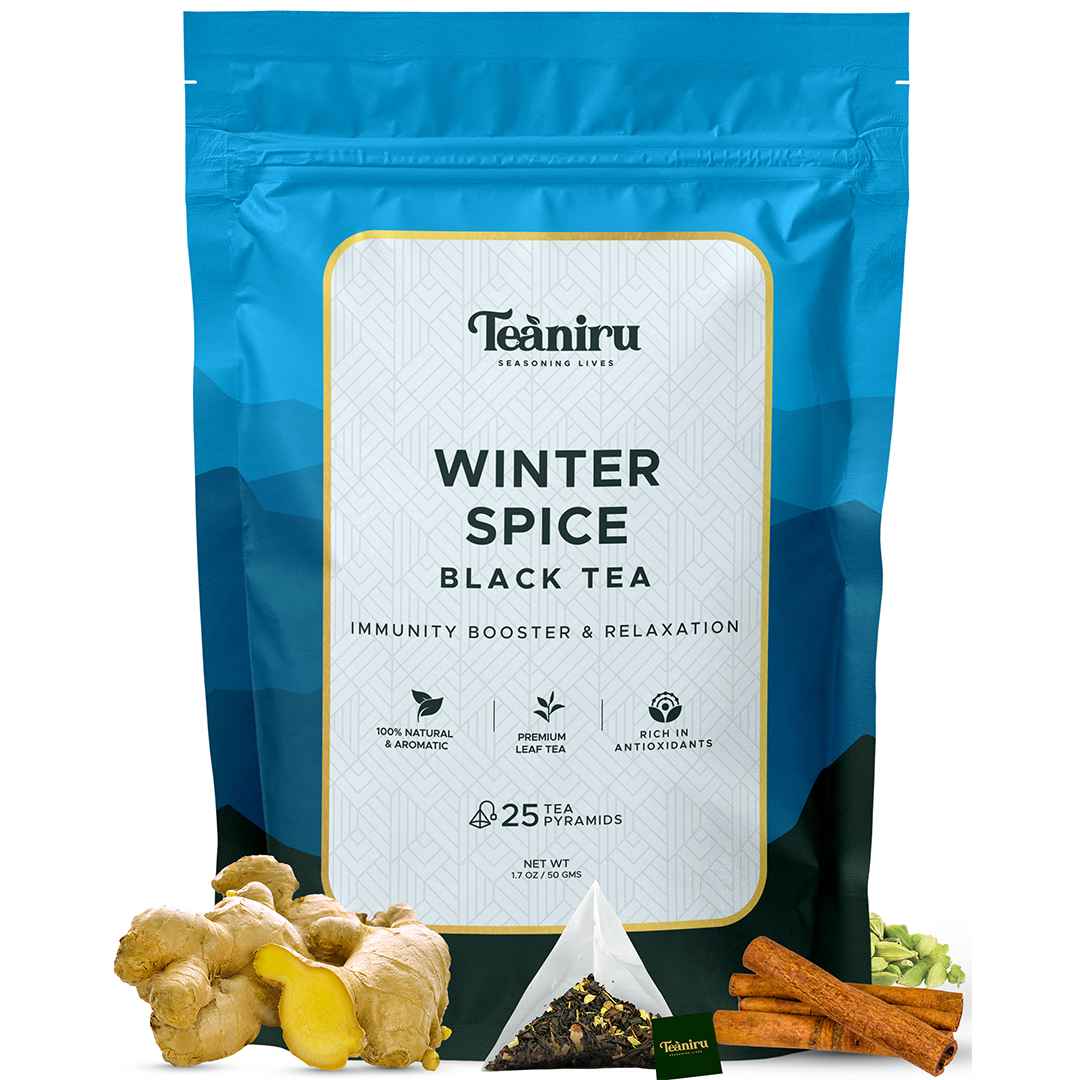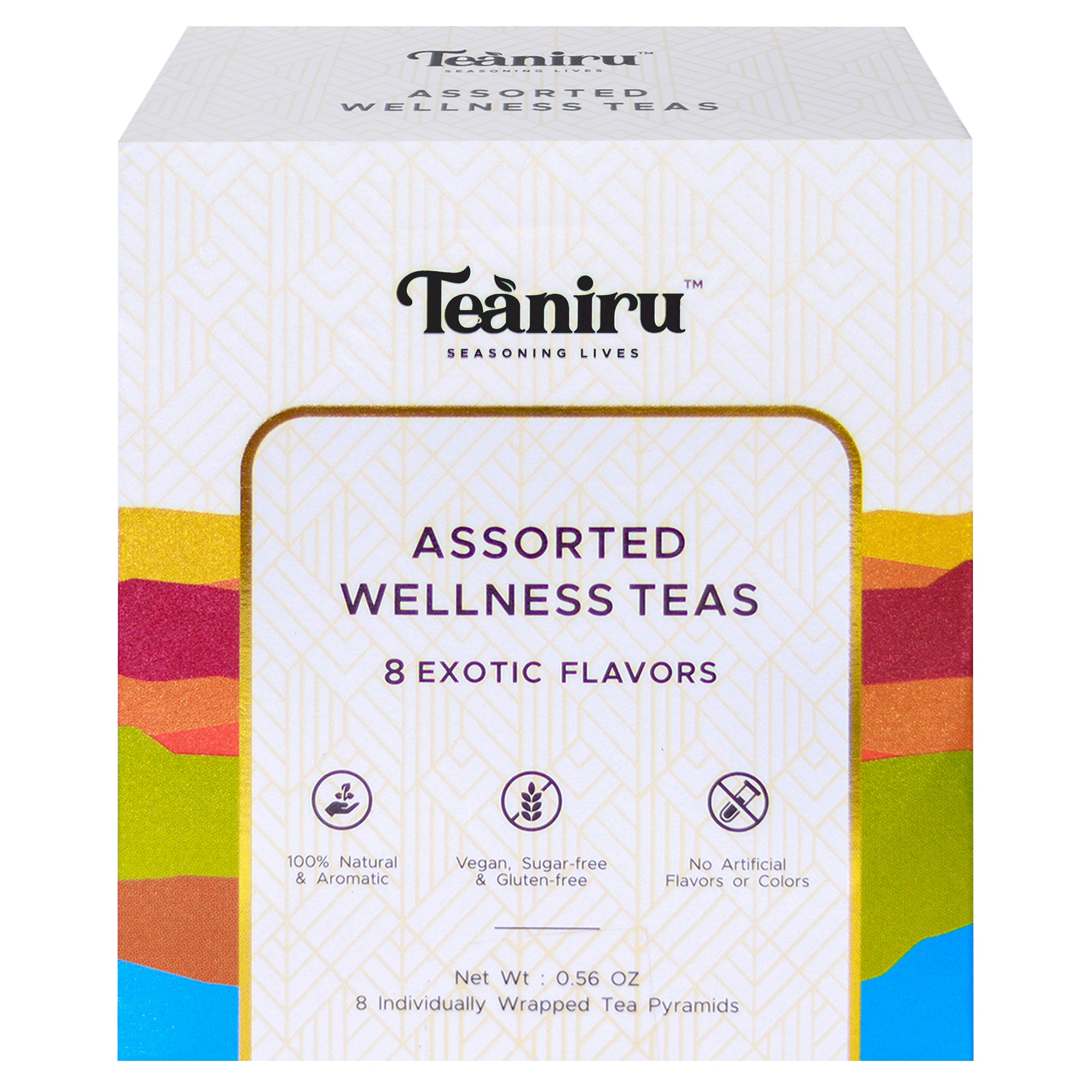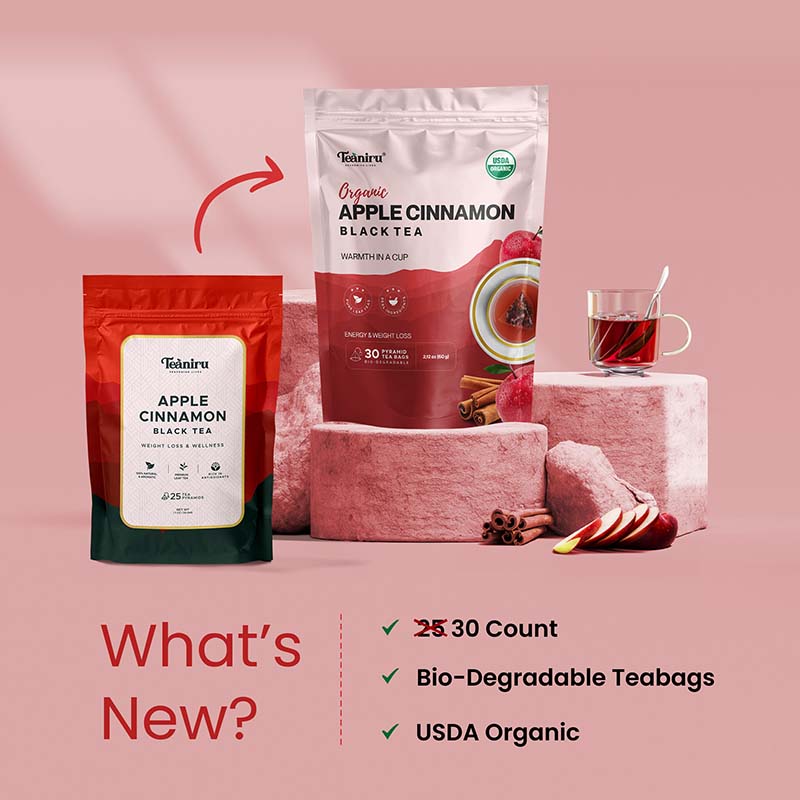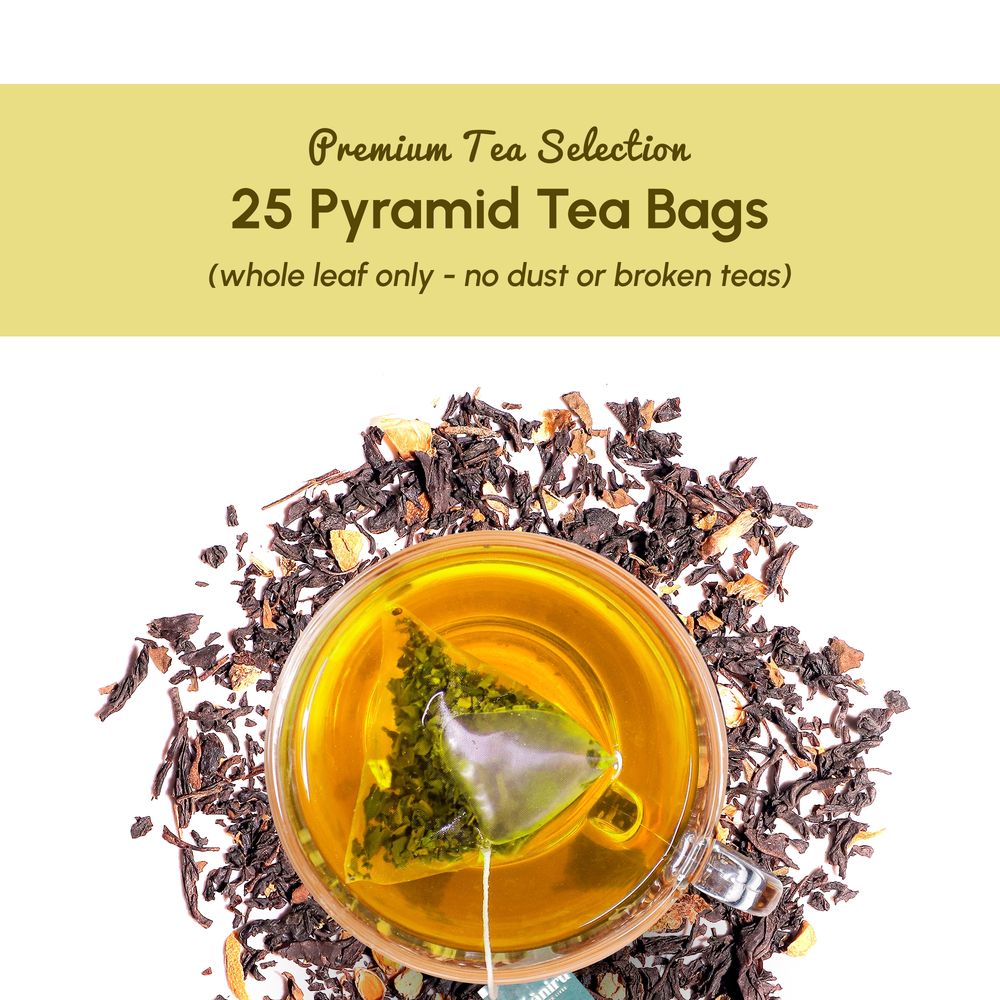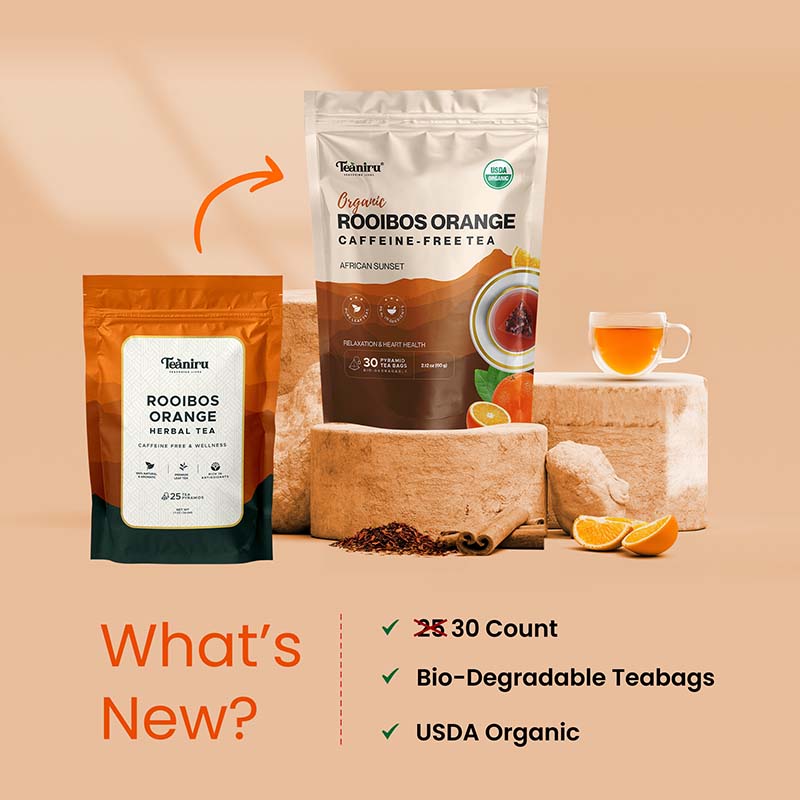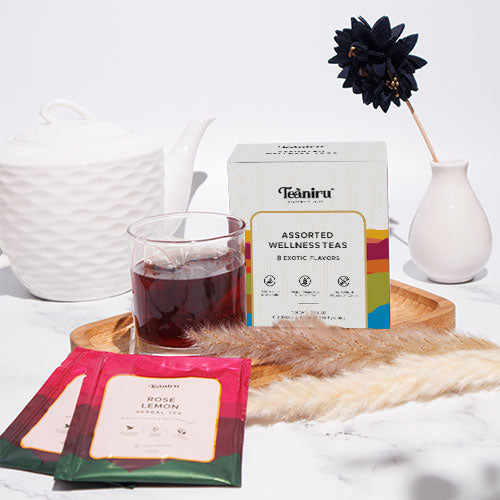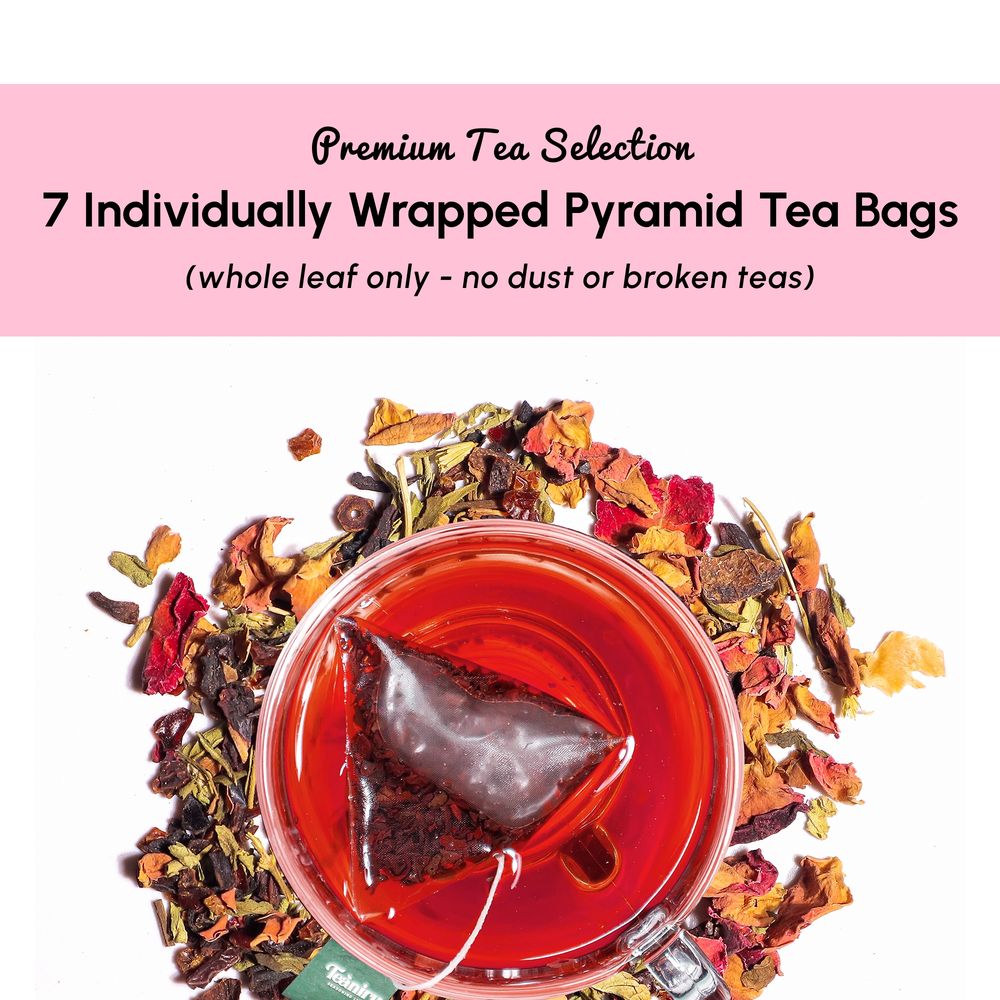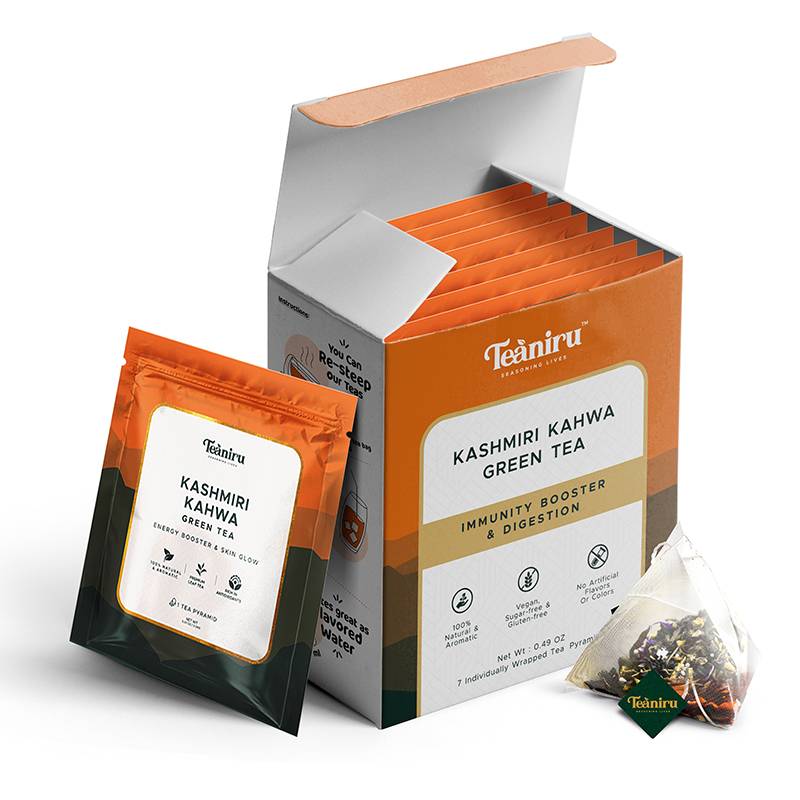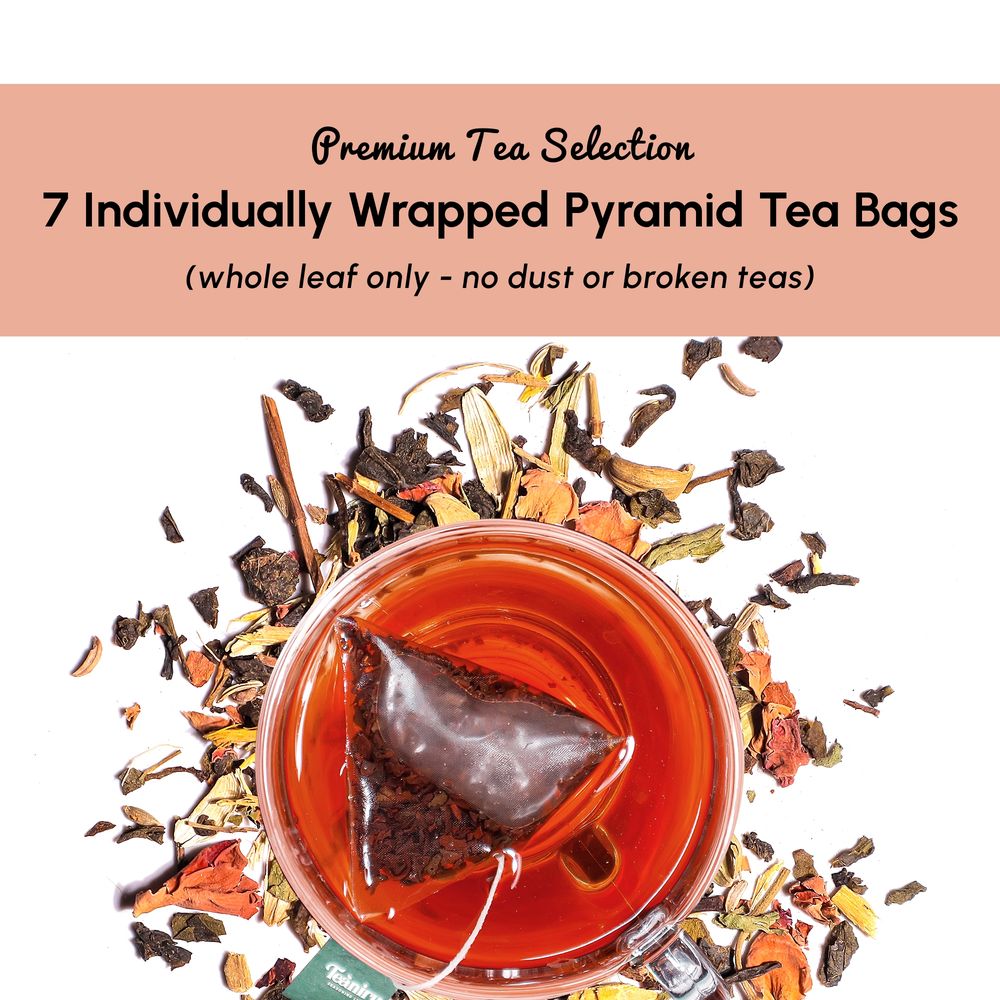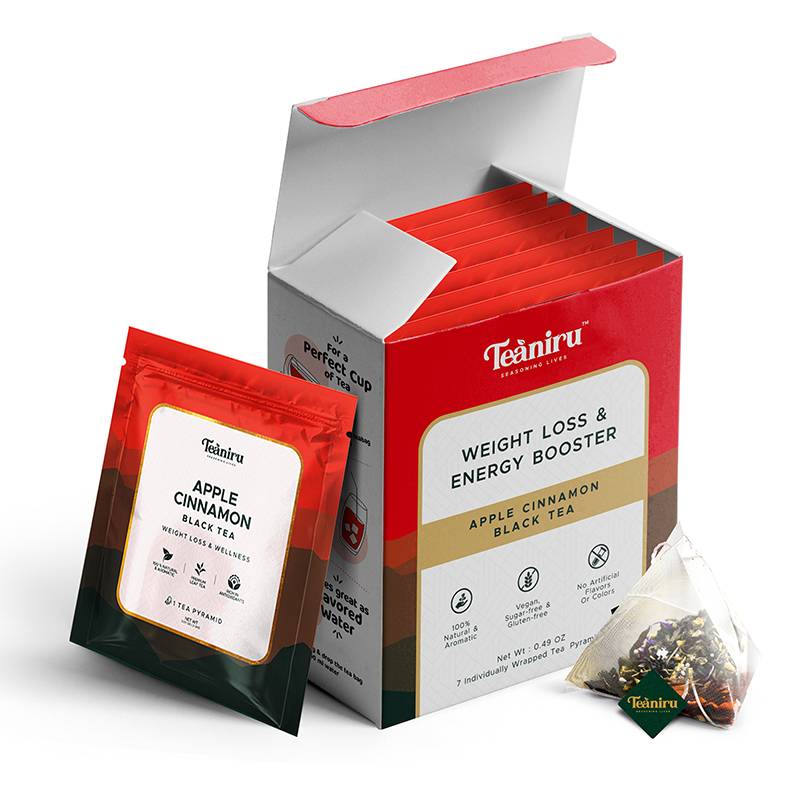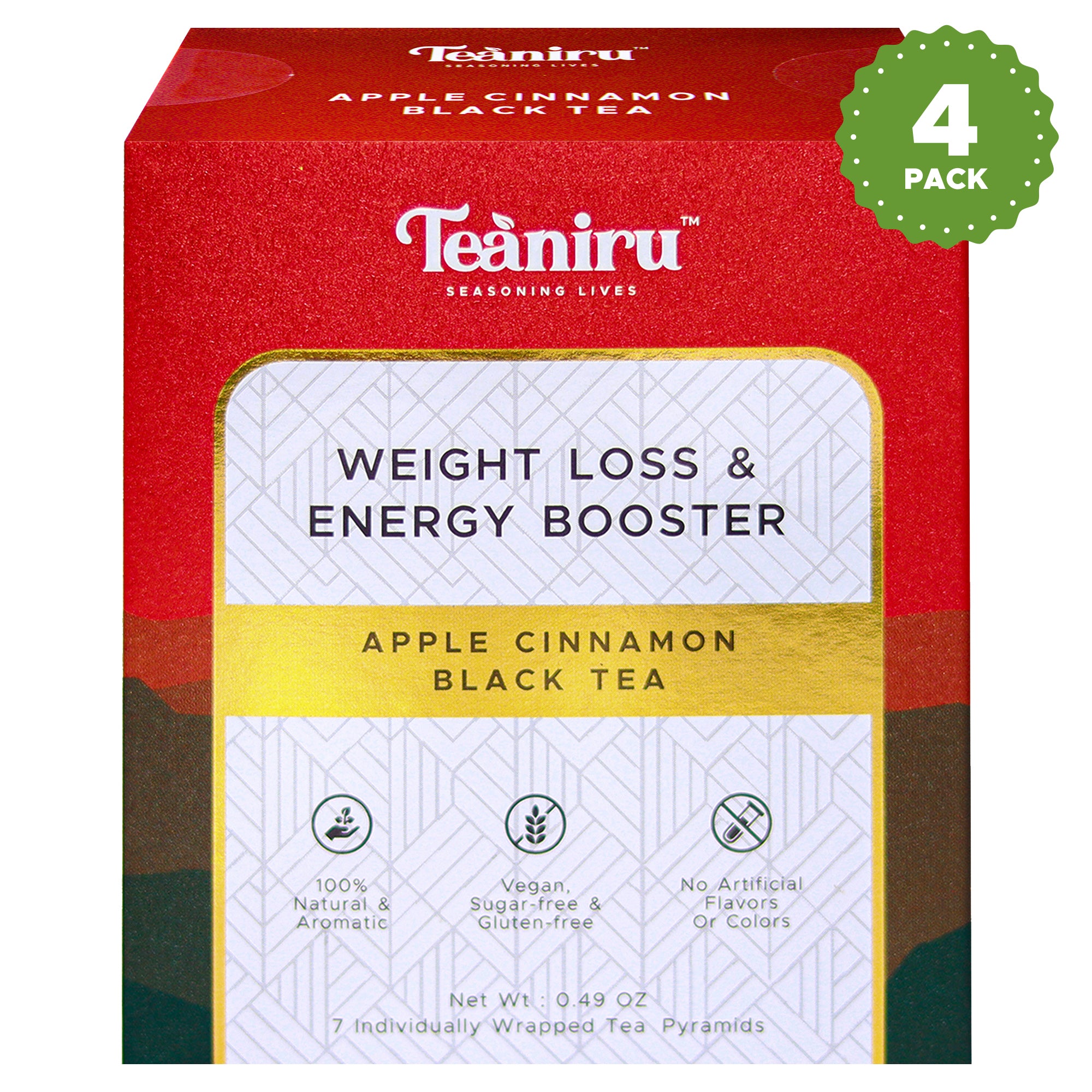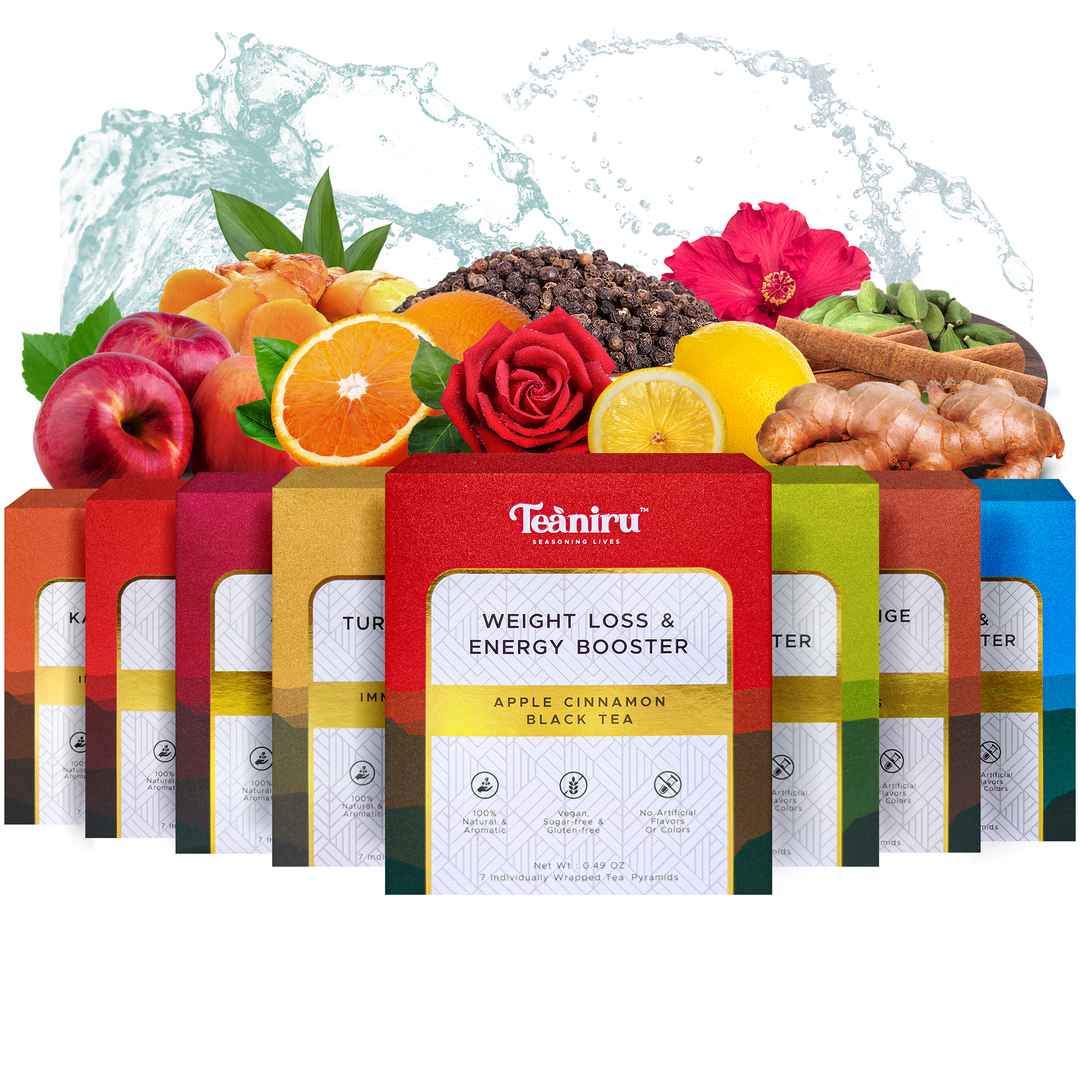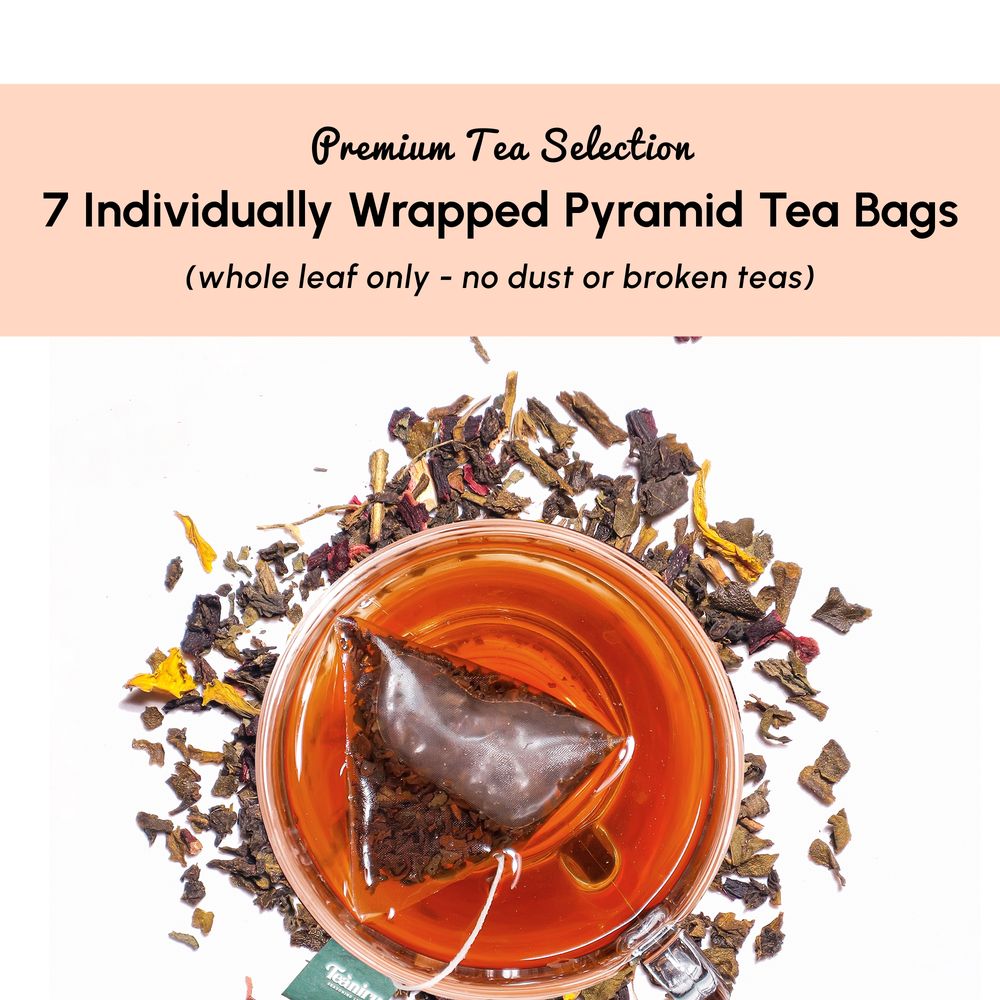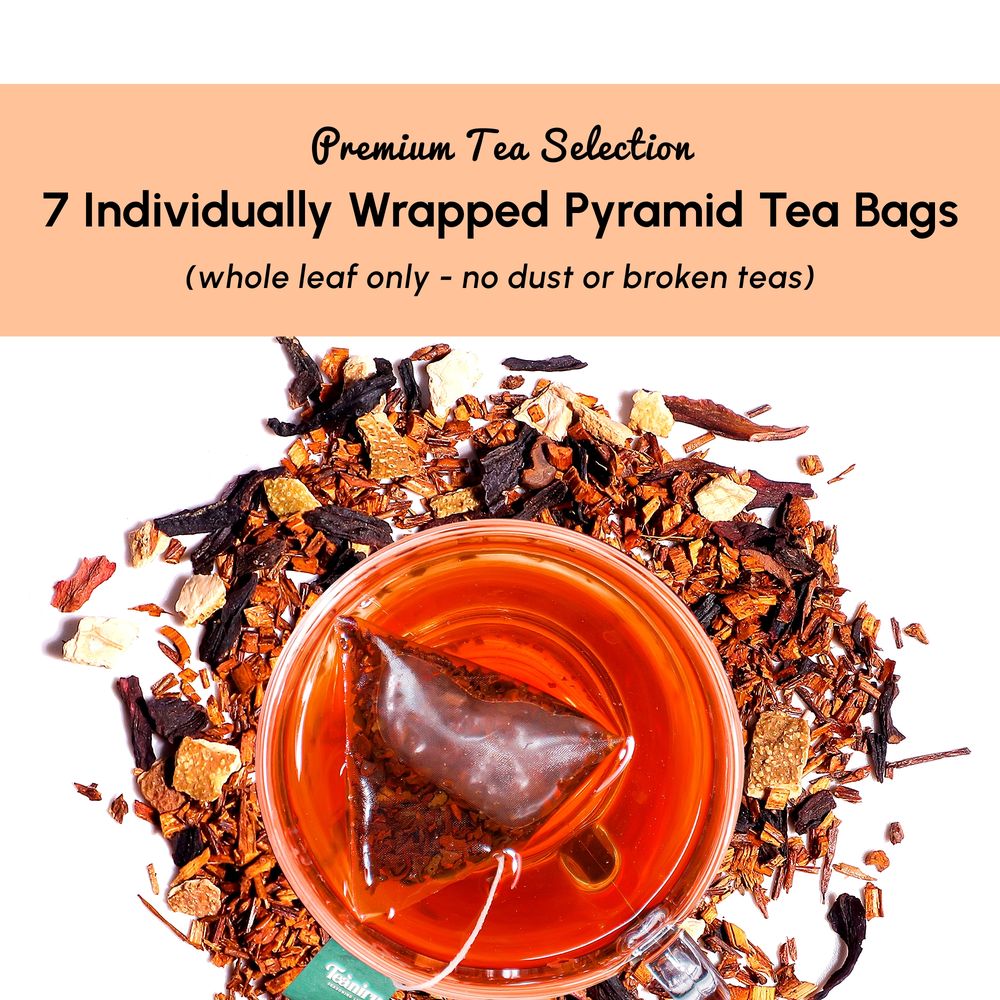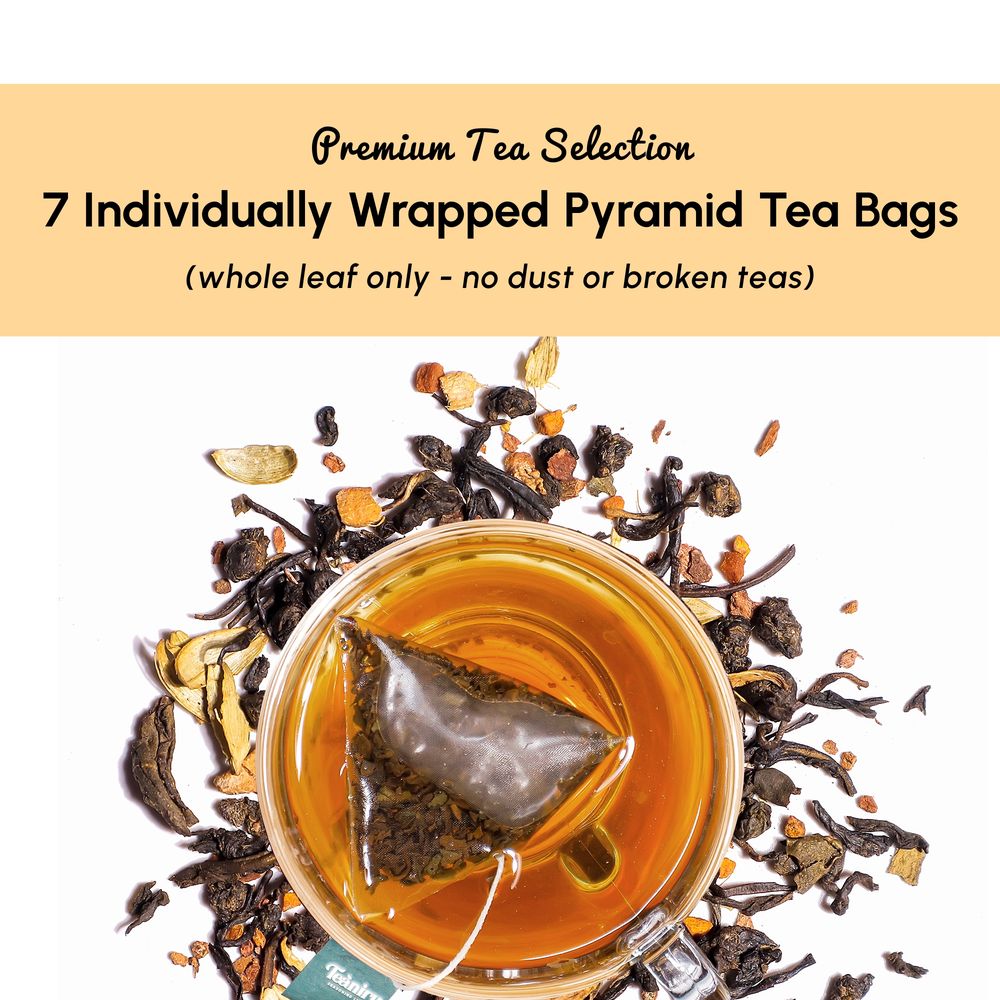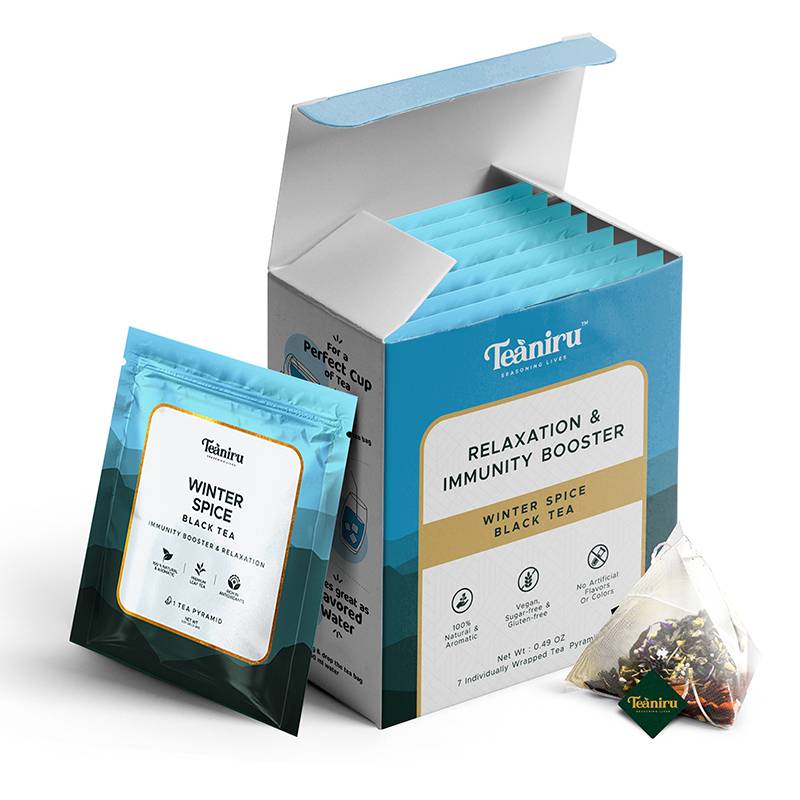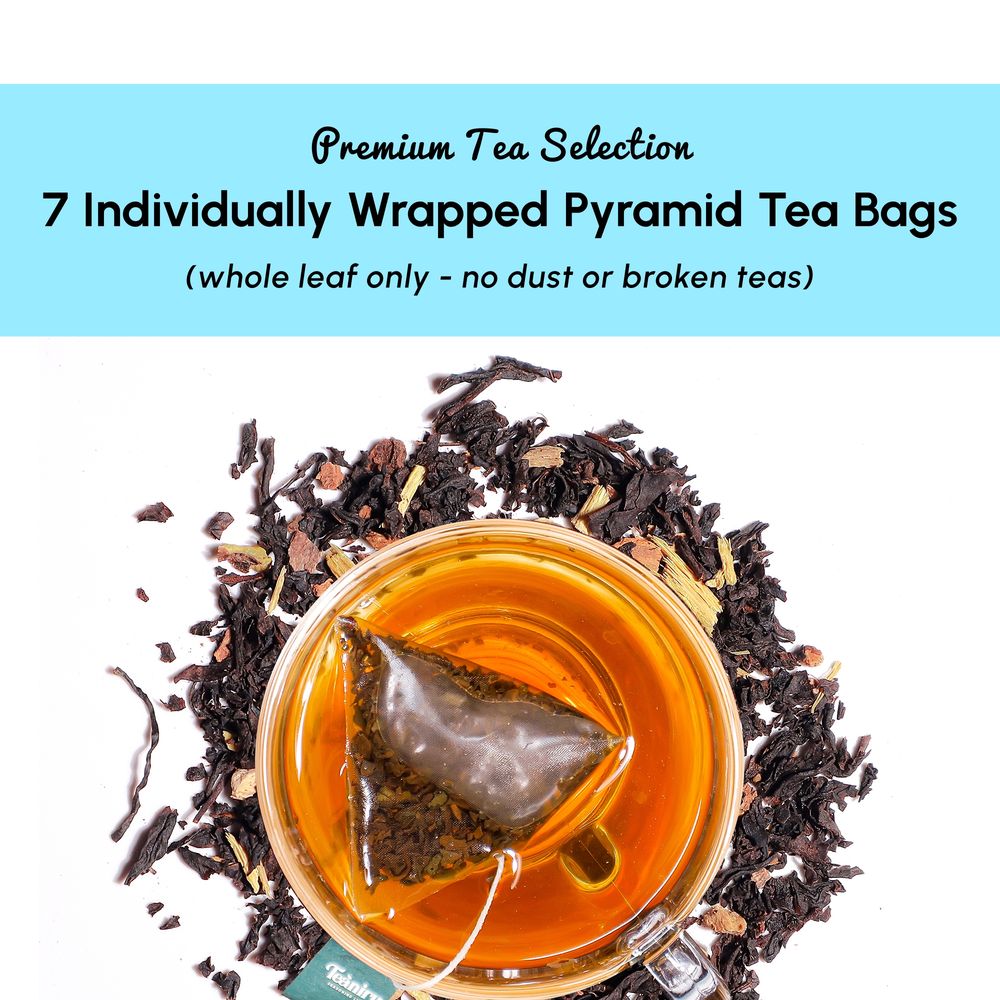You may also like
Tea Blending Process
The tea blending process is an art that involves various methods to produce a new commercial product with a unique flavor and aroma
This practice is most common with black tea, often blended to produce consistent taste and quality tea bags. This can also happen with Pu-erh teas which is a unique type of fermented tea and is known for its distinctive fermentation process, which involves two types:
-
Raw (sheng) Pu-erh – This is an expensive and slow process where the fresh tea leaves are crushed and allowed to ferment for years
-
Ripe (Shou) Pu-erh - This is a rapid fermentation process where leaves are piled up, moistened, and regularly turned to promote microbial activity, resulting in a rich, earthy flavor within a few months to a year
The important type of tea blending is the commercial blending essential for maintaining a consistent taste and flavor. This ensures that consumers won’t detect any differences in taste from one batch to another when they purchase the tea
The blending process can be broken down into several steps, each contributing to the overall outcome
1. Selection of Base Tea & Ingredients
The first step in the tea blending process is selecting the base tea, which is important because it constitutes 50% to 75% of the final mixture
The choice of additional ingredients is made to complement the base flavor
Base Tea:
-
Black Tea
- White Tea
-
Green Tea
- Oolong Tea
-
Herbal Tea
Ingredients: Herbs, Spices, Fruits, Varieties of Flowers
2. Measuring Proportion
The measuring proportion in the tea blending process refers to the precise ratios or measurements of different tea leaves, herbs, spices, and flavoring agents that are combined to create a well-balanced and flavorful tea blend. These proportions are typically expressed as ratios or weight measurements to ensure the blend's taste, consistency, aroma, and overall quality
3. Mixing Process
The mixing process of tea leaves with ingredients is the act of combining substances to produce a uniform mixture
The process of mixing can be done manually or with equipment
For larger batches, rotating drums are used to mix tea effectively without damaging the leaves
For smaller batches, manual mixing involves using bowls and scales for the accurate measurement of the ingredients
4. Quality Control
After the tea is blended, it undergoes a tasting session, where the consistency, freshness, appearance, aroma and the flavor profile are tasted by professionals and adjusted based on the above to ensure that the final blend meets the highest quality standards
5. Packaging Process
Packaging is the final stage in the production process. After achieving the desired blend, the tea is prepared for sale.
The packaging choice varies based on the type of tea, such as tea bags or loose leaf
For tea bags, machines are used to measure and fill individual compartments with pre-measured amounts of tea leaves, which are then sealed and cut into their final shape. The tea bags are mostly biodegradable which does not affect the environment.
When packaging loose-leaf tea, machines ensure the leaves are evenly divided. They also seal the containers to keep out air and moisture
Here are the main types of packaging used:
-
Pouches: Made from biodegradable paper, these protect the tea from moisture and air. Ziplock bags or reusable pouches are great for those who buy loose tea often
-
Boxes: Duplex paper boxes are popular in stores and look appealing to shoppers
-
Bottles: Plastic or glass bottles are used for instant tea, keeping it safe from outside elements
-
Metal Tins: Metal tins are an eco-friendly choice for loose tea. They can be reused and recycled. Their airtight lids help keep the tea fresh for longer
Popular Varieties of Blended Tea
There are many popular varieties of blended tea, including
Breakfast Tea
Breakfast tea or English Breakfast tea is a traditional blend of black tea originating from Assam, Ceylon and Kenya. Assam black tea is most popular and India being the largest exporter of black tea
Russian Carvan
This popular tea blend originated from the tea trade between Russia and China
Jasmine Green Tea
Jasmine is most used to flavor green tea to produce Jasmine tea
Genmaicha
Genmaicha is a Japanese brown rice green tea consisting of green tea and roasted brown rice. It is often referred to as “Popcorn tea” as a few grains pop up during the roasting process
Natural vs. Artificial Tea Blends
Healthy tea blends focus on using natural ingredients and promoting health benefits while reducing environmental impact. In contrast, artificial tea blends may provide convenience and cost savings but often sacrifice quality, safety, and long-term health implications.
Premium Tea
Immerse yourself in the rich tapestry of flavors offered by our exquisite Tea Blends, featuring green, black, and herbal varieties. Each blend is masterfully crafted to bring out the unique characteristics of the finest tea leaves, resulting in an extraordinary sensory experience. Our diverse selection caters to every taste, from bold and invigorating black tea blends to soothing and aromatic herbal infusions. Embark on a flavorful journey with our Tea Blends and uncover a world of unparalleled taste.
